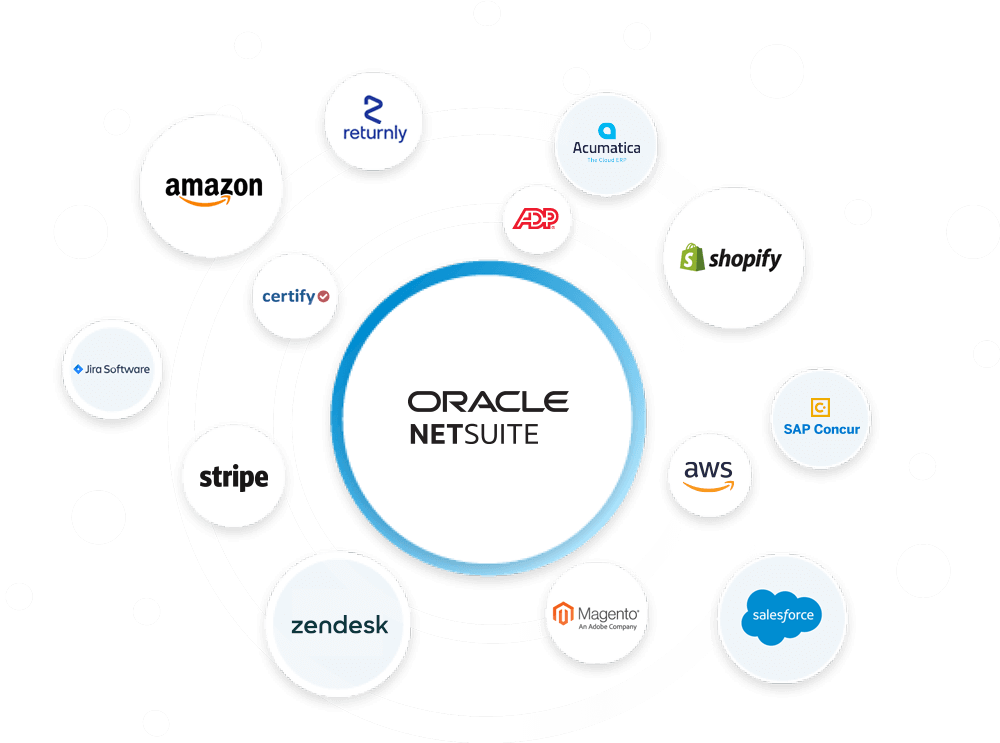The interplay between your selling platform and backend systems is what will often dictate how well you can fulfill your orders and maintain accurate inventory. So if you are someone who, say, uses NetSuite as your ERP and Amazon as your eCommerce platform, the question isn’t if you should integrate these platforms, but how to do it effectively.
And this is exactly what solutions like Celigo are for—they seamlessly connect all those systems into one big environment and take your operational clarity to a new level.
In this article, we are going to break down the reasons for NetSuite Amazon integration, how Celigo can help it and what benefits you should expect in the long run.
Why Should Every Amazon Seller Consider Integrating NetSuite?
Amazon sellers often find themselves dealing with operational chaos. Orders come in by the hundreds, inventory fluctuates rapidly, and reconciling marketplace fees with real-world profits often feels like a guessing game.
On top of that, you’re likely exporting data from one system, manually cleaning it, and importing it into another. This disjointed setup creates a blind spot: you lack a real-time view of your operations.
For example, if you’re running low on a high-demand product, your stock levels might not reflect on Amazon in time, leading to overselling—and, by extension, customer dissatisfaction.
A NetSuite Amazon Integration solves these problems by aligning the data flow between your ERP and your Amazon storefront. It will make sure that your Amazon orders, inventory updates, and financials are always in sync with NetSuite.What is Celigo & How Does It Simplify NetSuite and Amazon Integration?
One of the main strengths of Celigo is that it’s built with eCommerce in mind. At its core, the Celigo Amazon NetSuite Connector is specifically designed to automate the exchange of information between platforms like NetSuite and Amazon.
Unlike other solutions that need hours of custom coding, Celigo offers a number of pre-built workflows that are ready to deploy yet flexible enough to adapt to your needs.
What Celigo also does exceptionally well is its ability to handle the peculiarities of Amazon’s API while aligning with NetSuite’s data structure. For instance, Amazon’s transaction details (spanning sales, fees, and reimbursements) are notoriously complicated to reconcile. Celigo, on the other hand, deciphers these and maps the data directly into NetSuite’s accounts.
Lastly, Celigo’s interface allows users to customize workflows, like deciding whether certain Amazon orders should trigger automatic dropshipping or adjusting inventory thresholds to fit your sales strategy.
Key Benefits of NetSuite and Amazon Integration Using Celigo
Now let’s get into a number of benefits of a Celigo-supported NetSuite and Amazon integration based on what we’ve just learnt:
Real-Time Data Sync
Precise Financial Reconciliation
Automated Inventory Updates
When inventory runs low, the last thing you want is for your Amazon store to continue accepting orders, only to cancel them later. Celigo helps with automatic inventory updates between NetSuite and Amazon, making sure stock levels are accurate down to the unit.
Streamlined Fulfillment Integration
Reduced Human Error
Flexibility for Complex Business Models
Why Choose Celigo Over Other Integration Solutions?
Many solutions claim to connect NetSuite and Amazon, but few come close to Celigo in delivering ease, reliability, and adaptability:
- Purpose-Built for Amazon Sellers: Celigo’s Amazon NetSuite Connector is not a one-size-fits-all integration tool. It is specifically engineered to handle Amazon’s quirks, from handling reimbursements for lost inventory to syncing complex variations in SKUs.
- Transparent Error Handling: One standout feature is Celigo’s error management interface. If something goes wrong—like a failed data sync due to a missing SKU—Celigo provides detailed logs and recommendations for resolving the issue. This level of transparency is often missing in competing platforms.
- Customizable Without Complexity: While pre-built connectors are convenient, they often lack flexibility. Celigo strikes the perfect balance, offering drag-and-drop tools for configuring workflows while also supporting advanced customizations for power users.
- Scalable for Growing Sellers: As your Amazon business grows, you might add more marketplaces, fulfillment centers, or product categories. Celigo scales along with you like no other platform does.
- Effortless Implementation: Unlike many integration solutions that need weeks of setup, Celigo can often be configured and deployed within days. This is particularly valuable for sellers who need to address their operational challenges quickly.
How to Get Started with Celigo for NetSuite and Amazon Integration
The road to integration starts with understanding your business’s pain points and tailoring Celigo’s features to address them:
- Define Integration Goals: Before diving into the setup, map out what you want to achieve. Are you looking to automate financial reconciliation, sync inventory more accurately, or improve order routing? Having clear goals will guide your implementation strategy.
- Consult With Experts: Celigo offers robust documentation and a support team to help you set up and optimize the integration. And for more complex workflows, consider working with a certified Celigo consultant who can make the system work for you best.
- Test Extensively: After setting up Celigo, rigorously test the system. Run test orders, simulate inventory changes, and reconcile sample financial reports.
- Monitor and Optimize: Even after implementation, keep an eye on performance. Celigo’s analytics tools can provide insights into bottlenecks or inefficiencies, allowing you to fine-tune workflows over time.
Conclusion
At the end of the day, integrating NetSuite with Amazon is a necessity for sellers who value precision, efficiency, and scalability. And for that purpose, Celigo is the ideal solution: it will free up your time and resources through automating critical processes like order synchronization, inventory updates, and financial reconciliation.
And should you experience any problems before, during or after the Celigo implementation process, don’t hesitate to reach out to a certified Celigo integration partner like Hairball.



